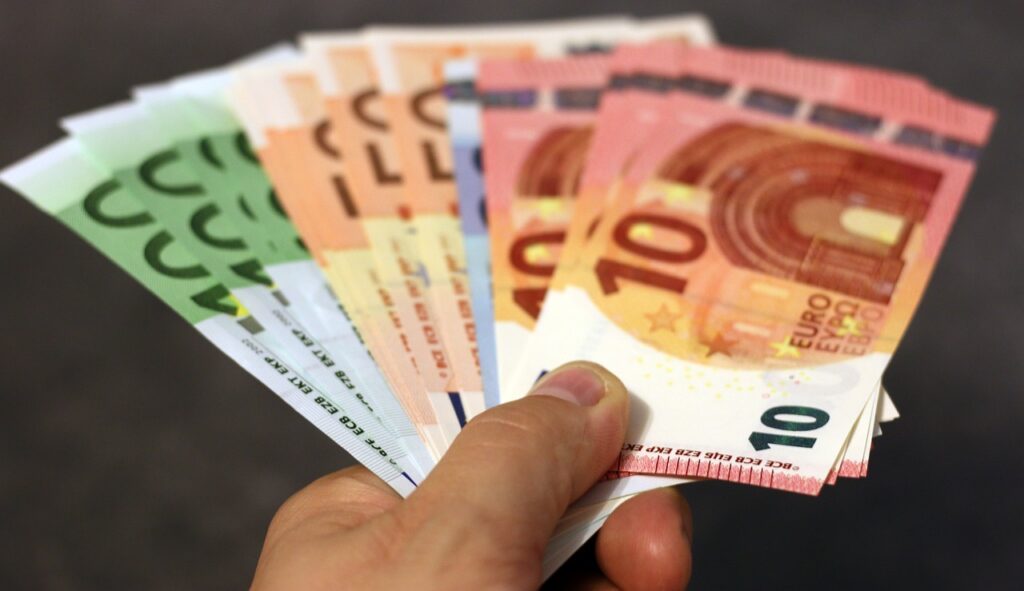The European Commission has thrown its weight behind the ambitious “Puglia Green Hydrogen Valley” project, allocating substantial funding to propel the initiative forward.
Embedded within the Hy2Infra scheme, this project signifies a pivotal step towards establishing robust hydrogen infrastructure across Europe.
The primary objective of the “Puglia Green Hydrogen Valley” project is to construct two green hydrogen plants in Brindisi and Taranto, Italy. These facilities, spearheaded by Edison, Sosteneo, and Saipem, aim to collectively produce 250 million cubic meters of green hydrogen annually, with a total electrolysis capacity of 160 MW. This initiative underscores Europe’s commitment to decarbonization, particularly within the industrial sector, and sets a precedent for large-scale green hydrogen production ventures.
The project leverages cutting-edge electrolysis technology to harness renewable energy sources for hydrogen production. By utilizing electrolyzers powered by renewable energy, such as solar and wind, the plants will generate green hydrogen through water electrolysis, emitting zero greenhouse gases in the process. This innovative approach not only reduces carbon emissions but also fosters sustainable economic growth and energy security.
Endorsed by the European Union as an Important Project of Common European Interest (IPCEI), the “Puglia Green Hydrogen Valley” project holds strategic significance in accelerating the transition towards clean energy. With substantial financial backing from both public and private sectors, this initiative is poised to catalyze job creation, stimulate economic development, and reinforce Europe’s position as a global leader in hydrogen technology.
